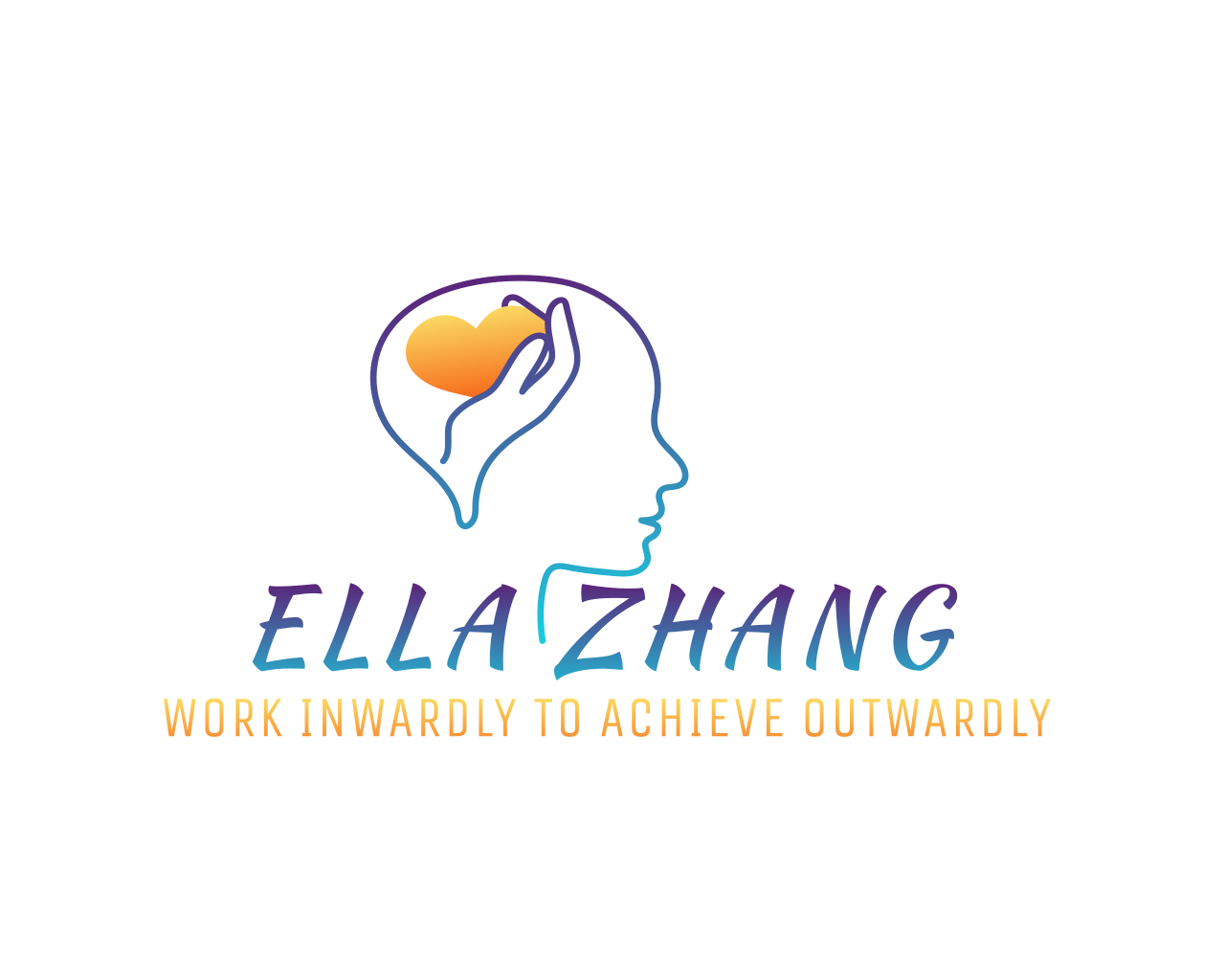
Scaling Businesses, Strengthening Leaders
I help small business owners and founders align people, strategy, and performance, so your business can scale with less friction, and your leadership feels lighter, clearer, and more congruent.
Why Congruence & Alignment Matter?
Congruent leadership means your actions, values, and behaviours align with your words, creating authenticity others can trust and follow.
Business alignment ensures that your structure, strategy, culture, and people are pulling in the same direction.
When these come together, the result is powerful:
30–50% lower employment cost
Halved turnover rate
Doubled performance across teams
Business Scale-Up Advisory (Consulting & 1:1 Advisory)
Who it’s for:
Small business owners ready to professionalise and scale their business, but finding growth messy, people-dependent, or draining.
What you get:
Strategic advisory and consulting
Recruitment, onboarding, performance frameworks
Employee capability mapping
Leadership & management development
Inner-Edge Capability Framework applied to your business
Best format:
One-on-one consulting & advisory.
Peer Advisory for Business Owners & Founders
I am currently partnered with Vistage, the world’s leading CEO peer advisory organisation, with more than 65 years of experience supporting leaders.
On average, Vistage members stay for 5+ years,
Their businesses grow twice as fast as non-members,
And they credit the confidential, high-trust peer group model for sharper decisions and stronger leadership.
Who it’s for:
Business owners who want to scale smarter, not alone. This group is for business owners and founders who are:
Bold enough to face tough questions and be challenged
Humble enough to learn from peers and admit what they don’t know
Ambitious enough to pursue growth with clarity and purpose
Driven to build a business that thrives beyond them
Keen to sharpen their leadership, make better decisions, and scale sustainably
What you get:
A confidential, high-trust group of peers
Space to test strategies, get perspective, and make better decisions faster
Accountability and support from leaders who “get it”
Best format:
Monthly group sessions (confidential peer advisory format).
If you’re ready to scale with clarity and confidence, let’s start the conversation.




